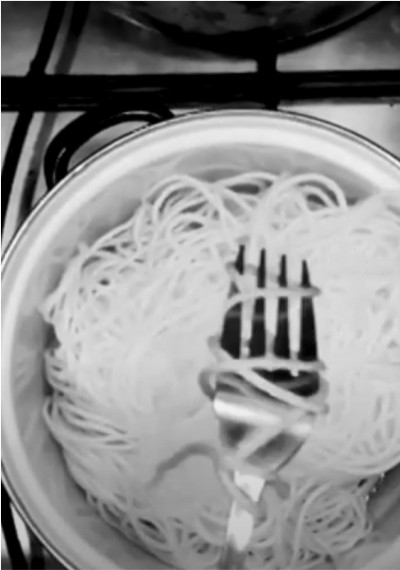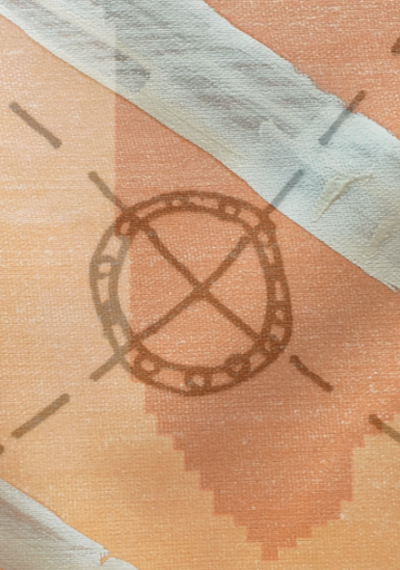Domas Ignatavičius | Dematerialized | 13/7/2021–30/7/2021
I explore the life of objects, trying to answer the following questions: what is an object? What is its relationship to human beings? Is an object just an idea, and we only know its function? What does an object become when separated from its function, when all that is left of it is an image, and it is placed in a different context?
We live in a world of objects, where they, as a kind of extension of our body (according to Marshall McLuhan), fill our everyday life. Living alongside us, objects, as man-made artefacts, eventually become invisible: they seem to become ingrained in our daily life. Some of them seem more representative than others, while others live their life hidden in drawers or storerooms. However, even mass-produced items still have their own uniqueness, which manifests through their relationship with the marks left by the user of the object (the human being): these marks inscribe in them a kind of "information code" about the owner of the object. On the other hand, each object has its own form, into which functionality "encapsulates", i.e. design.
After I had torn the objects out of the household, I have tried to perform a kind of "surgical intervention" by enclosing the image of the object in glass containers, thus dematerialising them. At the same time, however, without allowing them to disappear definitively into the world of ideas, I have left the real fragments of the object as allusions to their presence here and now, bringing them back into our reality. This is a kind of "dissection" or "implantation" of real functional attributes in order to clarify the point at which the object as function and the object as idea collide.
The exhibition consists of several zones where I explore different objects with different levels of functionality.
The work desk, whose existence links to the presence of other objects on it, is a kind of benchmark for the everyday object. Its daily presence and use relate to constant change, which I have tried to compress into a plane and lock down into the form of the object.
The objects that ensure our cosiness (the fan, the plant, the iron) – the illusory certainty of the stability of life. Among these, I have included the plant, a living product of nature, which becomes an object once it is in the interior of the house.Specialised objects most closely connect to the original notion of the object as an extension of the body. From an anthropological point of view, they are the primary technological objects that guarantee survival and distinguish hominids1 from other animals.------------------------------
1Hominid /ˈhɒmɪnɪd/ a primate of a family ( Hominidae ) which includes humans and their fossil ancestors and also (in recent schemes) at least some of the great apes.
Domas Ignatavičius graduated from the Vilnius Academy of Arts with a degree in stained glass, and for several semesters studied at the Prague Academy of Arts in a conceptual art studio. In his art obects, he delve into the metaphysics of things, through which people’s relationship with everyday life is revealed. We live in a time of material abundance when fashions change very often and with my objects author try to stop that endless change, look at things by distracting them from everyday use, try to see what they encode in themselves – their function is hidden by external objectivity. Domas Ignatavičius analyze the consolidation of things as human existence using glass and photographs printed on transparent film. He also actively participate in Environmental and Light art festivals, where he discuss with the environment by contrasting the objects he has created with it.
Opening of the exhibition will take place on the 13th of July at 6 PM at VAA textile gallery Artifex, Gaono str.1, Vilnius.







